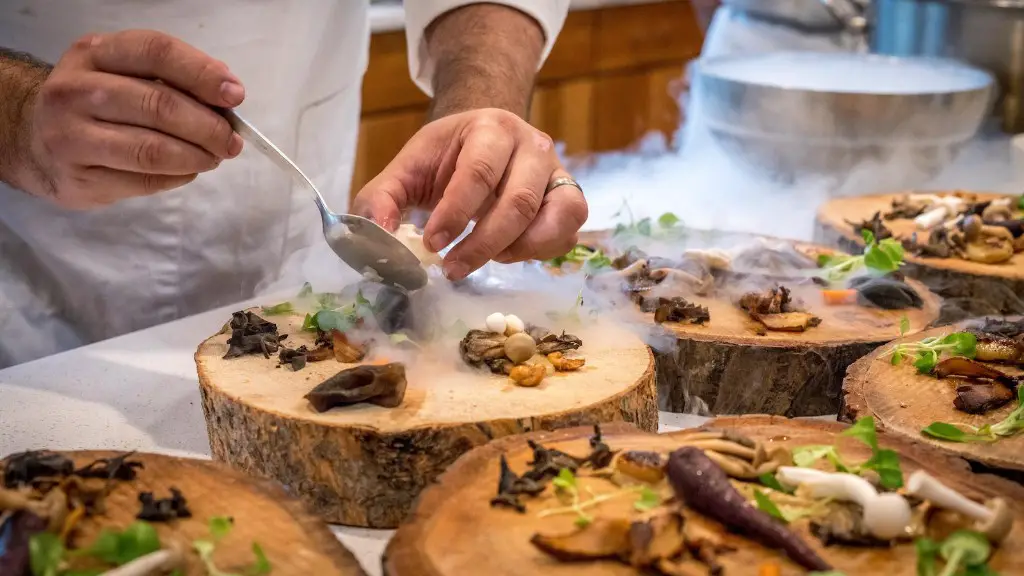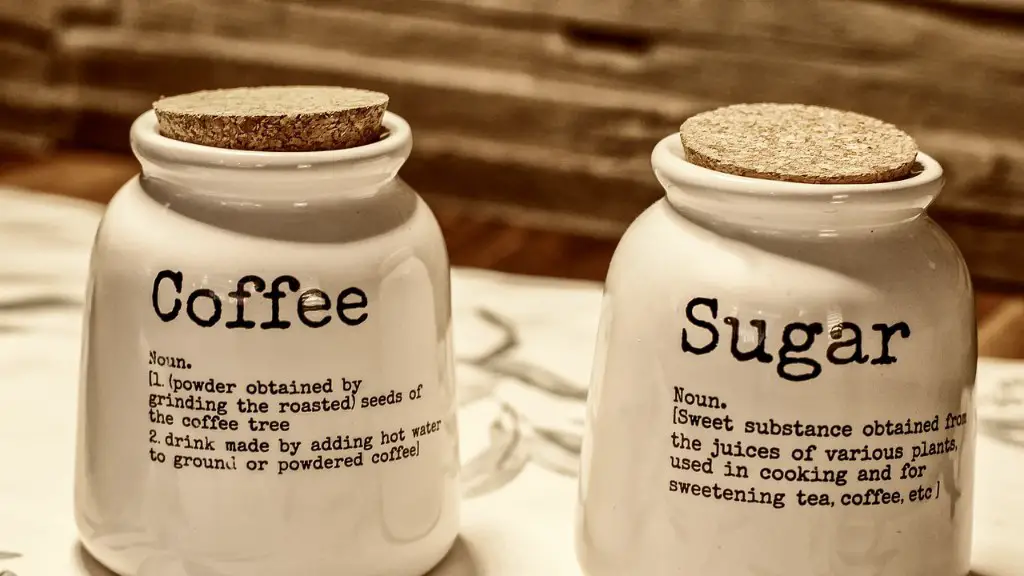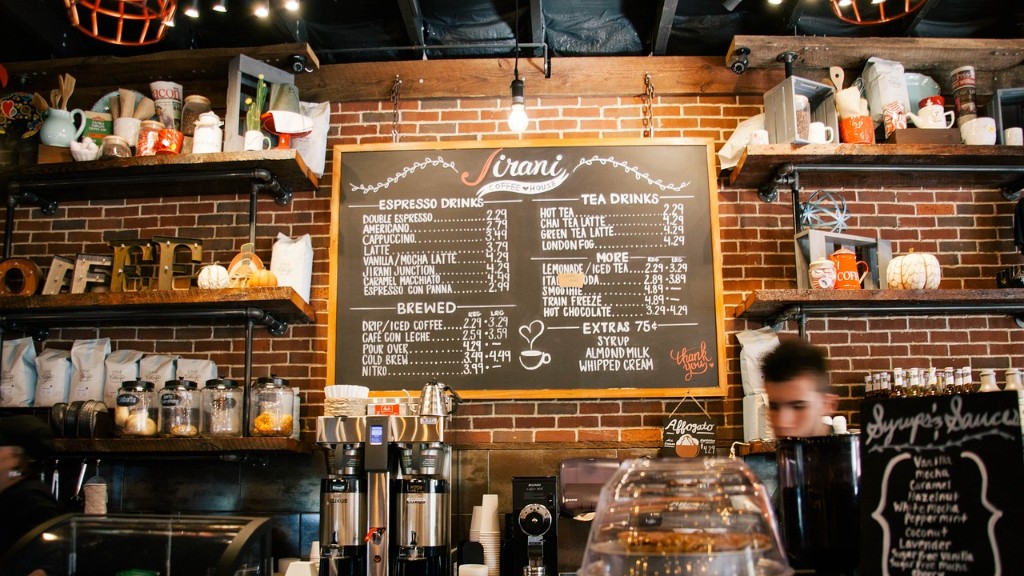Starting a buffet restaurant may seem like a daunting task, but with proper planning and execution it can be a successful and profitable venture. There are a few key things to keep in mind when opening a buffet restaurant: finding the right location, having a well-trained staff, having a wide variety of food options, and maintaining a clean and welcoming environment. With careful consideration of these factors, your buffet restaurant can be a success!
1. Decide on the type of buffet you want to open. Will it be a breakfast buffet, a lunch buffet or an all-day buffet?
2. Choose a location for your buffet. It should be easily accessible and have enough space to accommodate your diners.
3. Draw up a business plan. This will help you determine the start-up costs and projected profits of your buffet restaurant.
4. Obtain the necessary licenses and permits. Depending on your location, you may need a food handler’s license, a business license and a liquor license.
5. Hire a staff of cooks, servers and dishwashers. Train them to prepare and serve food according to your specifications.
6. Set up the buffet line with plenty of food options. Arrange the food so that it is appealing and easy to reach.
7. Open your doors to customers and start serving!
Are buffets profitable?
Buffets are a great option for those looking for a cheap meal. However, it is important to remember that they operate on very thin margins. For every $20 in revenue, $19 might go toward overhead, leaving only $1 (5%) in net profit. Buffets often break even on food and eke out a profit by minimizing the cost of labor. So, if you’re looking to save a few bucks, a buffet might be a good option. Just remember that the food might not be of the highest quality and the service might not be stellar.
Different Types of Buffet Restaurants
All You Can Eat: These buffets offer plenty of food for your money. You can usually find a wide variety of food at these buffets, so there is something for everyone.
Cafeteria Style Buffet: This type of buffet is typically found in school cafeterias and corporate dining halls. There is usually a line where you can choose what you want to eat.
Special Occasion Buffets: These buffets are usually found at weddings, parties, and other special occasions. They often have a variety of food, including some specialties that are only served on special occasions.
Catered Buffets: These buffets are usually found at business meetings, conferences, and other events. They are often catered by a professional company, and they usually have a variety of food.
Healthy Buffet Concept: These buffets are becoming more popular as people become more health conscious. They often feature healthy options such as fruits and vegetables, lean proteins, and whole grains.
What makes a good buffet restaurant
A good buffet should have a variety of food that looks enticing and is easy to eat. It should also be easy to provide lots of options so there is something for everyone. For the corporate guest, a buffet is a civilised and easy to eat option. Guests can go back for more food and drink as required which often creates opportunities for networking.
There are a few things you can do to increase profits at your buffet:
1. Use larger serving spoons for cost-efficient and filling dishes like rice and vegetables. This will help to reduce food waste and ensure that customers are getting their money’s worth.
2. Add a salad bar to your buffet. This will give customers more options and encourage them to return.
3. Use smaller pans on your steam table. This will help to keep food fresh and reduce the amount of time it takes to replenish dishes.
4. Give your customers smaller plates, bowls, and silverware. This will help to control portion sizes and ensure that customers are not overeating.
Do buffets waste a lot of food?
The research found that the main drivers of plate waste at buffets were portion size and variety of food offerings. In particular, larger portions and a greater variety of food items were associated with increased plate waste. This suggests that strategies to reduce plate waste at buffets may need to focus on reducing portion sizes and/or the number of food items offered.
Buffets are one of the largest sources of food waste because people tend to overload their plates and can finish just over half of the food put out. Sadly, only 10 to 15 percent of the leftovers could be donated or repurposed, while the rest ended up in landfills. This is a huge waste of food that could be avoided if people were more mindful of how much they were taking and only took what they could eat.
What are the rules of buffet?
Food safety is of utmost importance when eating at a buffet. Make sure to place the serving utensil on a plate or spoon holder rather than in back in the food. This will prevent any contamination. Additionally, don’t use your hands to serve food. And finally, do not eat in the buffet line. This will keep the food clean and prevent any cross contamination.
When preparing a meal, I like to have everything organized and in its place. I will pick a serving dish for each item on the menu, and designate a logical spot for everything. This helps to keep the kitchen tidy and the meal preparation running smoothly. Plus, it’s just plain satisfying to have a well-organized kitchen!
What are the disadvantages of buffet service
Table service can often be slower than buffet service, since each table will have to wait their turn to head to the buffet. This can sometimes cause queues to form, and guests may have to wait a while to receive their food. You may also need to rent in additional chaffing dishes and serving pieces.
The order that items should be placed on the table is very important. Plates should be placed first, followed by sides. Any fancy dishes, such as lobster, should be placed third. Finally, cutlery and napkins should be the last items on the table. This will ensure that everything is in its proper place and that your guests have everything they need to enjoy their meal.
What are the 4 basic elements of buffet platter?
The classic buffet platter is composed of three main elements: the centerpiece or gross pièce, the slices or serving portions of the main food item, and the garnish. Thegross pièce is the largest and most eye-catching element on the platter, while the slices and garnish are meant to be proportionate and arranged in an attractive way.
A classic buffet will typically consist of dinner rolls, a salad, 2-3 sides, and 1-2 entree options. However, everything is ultimately personalized to your preference. You can choose to serve any of the food from the buffet as plated meals to extend a more formal feel to your event.
How long should a buffet table be
When you are shopping for buffets and sideboards, keep in mind that they should be at least 48” long. You will also want to make sure that you have a wall that is large enough to accommodate one. The height of your buffet should be as high or higher than your tabletop. This will ensure that it will be able to properly hold all of your serving dishes.
A buffet restaurant needs to offer more than just a lot of food to as many guests as possible in a short period of time. Like any restaurant, a buffet also has to market itself effectively and build customer loyalty to generate repeat business.
There are a few things a buffet can do to build customer loyalty, such as offering loyalty cards or discounts to frequent customers, hosting special events, and providing excellent customer service. By making customers feel appreciated, a buffet can encourage them to come back again and again.
How do buffets keep you hungry?
If you’re planning on stuffing yourself at a buffet, it’s important to eat something beforehand to help your stomach expand. Eating easy to digest foods like yogurt, apples, and cereal 2-3 hours before will do the trick. That way, you’ll be hungry again by the time you get to the buffet and can eat even more!
Many people believe that restaurant managers keep their places cold to encourage more and faster eating. The theory is that lower temperatures stimulate hunger while warmer temperatures curb it. While there is no concrete evidence to support this theory, it is a compelling one. Therefore, it is possible that this is why many restaurants keep their temperatures on the cooler side.
What do buffets do with leftover food
I was surprised to learn that leftover food does get recycled at some buffets. I thought for sure that all of the food would get thrown out if it wasn’t eaten. I’m glad to know that at least some of the food is being used instead of wasted.
There are several advantages to preparing food in larger quantities ahead of time in a buffet setting. It can save on labor costs, since you don’t need as many chefs and line cooks preparing individual dishes. It also allows the restaurant to turn over tables quicker, since diners can just help themselves to the food that’s already been prepared. Done right, this can be a very efficient way to run a restaurant.
Conclusion
There is no one answer to this question, as the best way to open a buffet restaurant will vary depending on the location, the type of food offered, and the target market. However, some tips on how to open a successful buffet restaurant include choosing a location with high foot traffic, offering a variety of cuisines to appeal to a wide range of customers, and creating a fun and inviting atmosphere.
You have now learned how to open a buffet restaurant. This includes finding a location, hiring a staff, obtaining a license, and promoting your business. Opening a buffet restaurant can be a rewarding and lucrative business venture. With proper planning and execution, you can create a successful buffet restaurant that will bring people back again and again.





